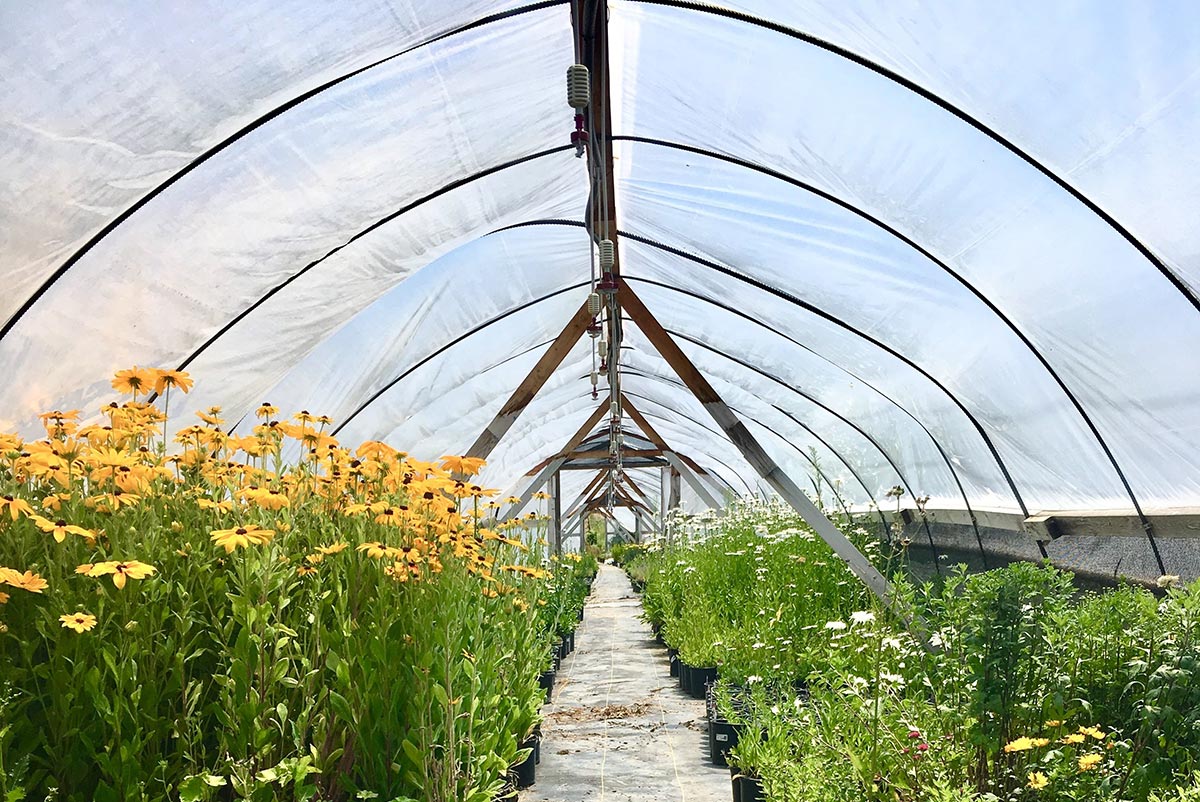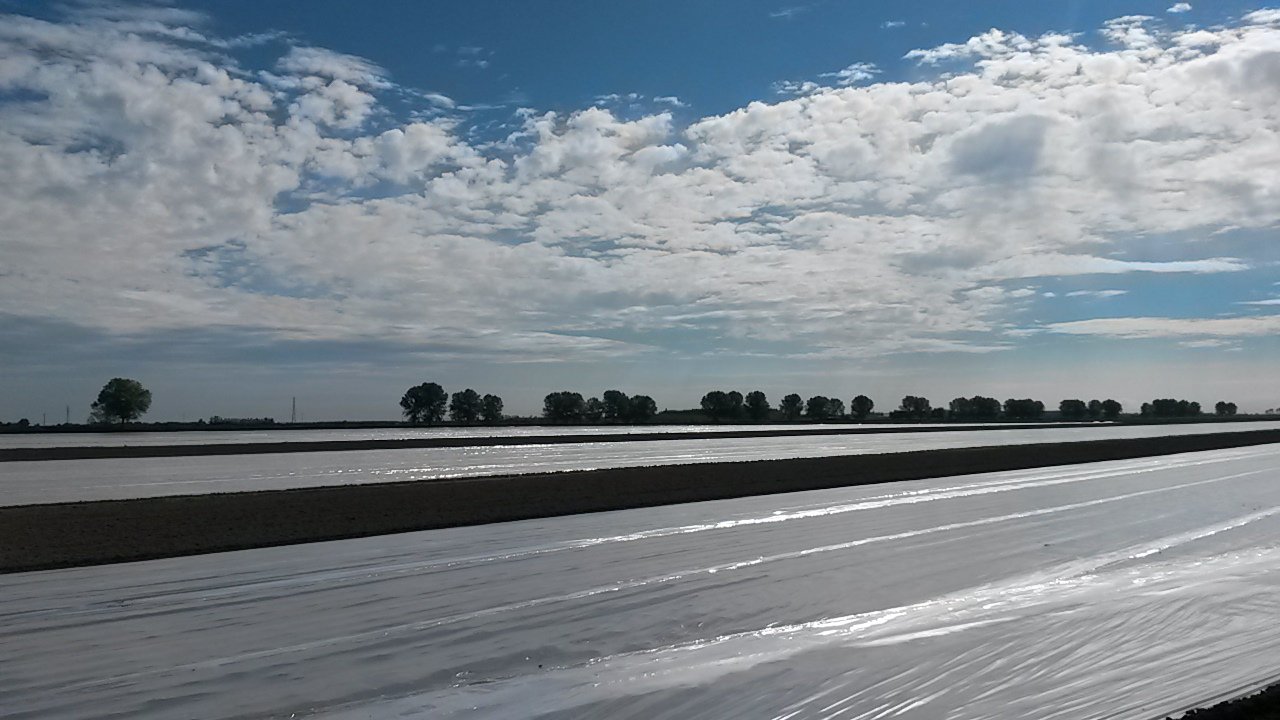
Weed management in crops

When it comes to cultivation, whether we deal with fruits or vegetables, agricultural producers need to consider a series of details that are essential to guarantee the quality of the products throughout the whole process, from the time of planting, to the growth and the harvest period. In this case, we will talk about the importance of weed management in crops, an aspect that cannot be overlooked if what’s on your mind is to ensure having suitable lands that are in excellent condition.
In order to be able to effectively manage weeds in crops, it is essential to design strategies that are focused on the implementation of an integrated weed control, which basically allows to prevent them and end up affecting the integrity of the crops. Obviously, where weeds are already present, it will be necessary to implement an action plan that helps reduce or eliminate them altogether.
Now, before developing any strategy for the management of weeds in crops, it is important to understand that weeds will always be a latent threat, as they constantly struggle with crops to capture their nutrients, the sunlight they receive and the water they need to thrive, and they also end up housing certain pests or diseases, while giving shelter to rodents, a pest that no farmer wants in its plantations.
Weed management control measures
First measure: Crop monitoring
One of the first measures that must be implemented to get an integrated weed control in motion, is to make a thorough monitoring that allows, through a detailed inspection process, to define what types of weeds are present in each of the crops, what is their density and where they are appearing.
The inspection should be done in the early hours of the morning and it is recommended to have carry a magnifying glass, a notebook to make the corresponding annotations, a map of the field, plastic bags to take samples and markers to demarcate the problem areas.
Monitoring crops requires dedication on the part of agricultural managers, however, it is highly beneficial since not only helps prevent the appearance of weeds in the future, but also allows to make wise decisions to determine the most suitable method or techniques to manage weeds effectively, as it is not the same to have the presence of broadleaf weeds or grass weeds for example, than on the contrary, having perennial or annual weeds.
You can learn more about this topic in our article regarding the importance of monitoring crops.
Second measure: A pest control plan
In addition to crop monitoring, many agricultural producers are currently involved in implementing several mechanisms or strategies for proper weed management in crops, for example, a combination of key practices that include prevention, elimination, mechanical control and chemical control.
While each orchard has unique and specific characteristics, the essential thing in these cases is to try to be as proactive and quick to act as possible so that the actions are carried out in advance to prevent the crops from being severely affected or lost definitely.
Launching a pest control management plan seems to be somewhat complicated, perhaps it may be so in certain cases; however, the reality is that agricultural experts agree that as long as weeds are discovered when they are not yet fully developed, it will be easier to eliminate them.
With that idea in mind and once the inspection of the crops has been carried out to determine what type of weed is present, it is mandatory to implement the appropriate corrective measures to prevent them from spreading, otherwise they can produce hundreds of thousands of seeds in a very short time.
Third measure: Crop rotation
One of the most common ways in which these weeds spread along the cultivation soil is when they are not detected in time, either by mistake or bad practice, so they move through or are transported in the manure or compost.
There are other cases where perennial weeds are present, which make weed management more complex in crops. In this case, crop rotation is one of the most effective alternatives to contain them.
Fourth measure: The use of agricultural plastics
Another option is to use organic plastic films, used for mulching or cover plastics, as a way to cut off the light that gets in and limit the space they need to thrive between the crops.
Crops can also be arranged in rows to limit the amount of light. There are other types of herbs that are very common in crops and that can be avoided with weed barriers, but it will all depend on the specific scenario and whether it is feasible or not.
We also invite you to read our post on how to prepare the soil for harvest where we explain different methods that can be used and the types of agricultural plastics that can help in this case.
Other alternatives for weed management in crops
In addition to these integrated weed control measures is the mechanical alternative that involves ploughing, growing and weeding by hand. In this case, when ploughing is done with tools or machinery, the roots and seeds of weeds can be buried beneath the surface so it will be almost impossible for them to grow.
Although weeding it is not always performed, when it is applied the results are quite accurate since the attention is more focused at certain points of the crop where techniques such as controlled burning (fire) would be applied to remove the weeds from the root if necessary.
There is also the integrated control of weeds of the chemical type or regarding the use of herbicide substances but those must be carefully handled and monitored, since there are different types, and each has a specific function for each species of weed.
According to information published on the website Penn State Extension, there are pre-emergence substances that are applied before weed seeds germinate, which need to have moisture from the soil in order to activate so they work quite well in pastures and annual wide leaf weeds. However, they are not effective to treat perennial weeds, since it would be necessary to use a post-emergence herbicide, which is the right choice when weeds have already emerged, but this type of herbicide doesn’t depend or directly influence the soil where it is applied. Everything will depend on the requirements of each case and you should be very careful to avoid damaging the land.
It is important to know that none of these substances that are applied will act on its own without the proper inspection and a good subsequent plan of control and management of weeds in crops, since everything must be part of a system to guarantee that everything moves forward in the best way possible for the farmer, the condition of his orchards and for the beneficiaries.
It is essential for people to be well informed so they can be aware of all the alternatives available in the market to act as soon as possible and avoid major problems when it comes to the management of weeds in crops.





![[eBook] Sustainability and water management](https://agriplasticscommunity.com/wp-content/uploads/8_550x310_ENG-440x264.png)
![[eBook Trends in Agriculture Plastics] Increasing use of biodegradable mulch](https://agriplasticscommunity.com/wp-content/uploads/550 × 310_2_ENG-440x264.png)
![[eBook Trends in Agriculture Plastics] Reducing the plastic used in the manufacture of agricultural films](https://agriplasticscommunity.com/wp-content/uploads/550 × 310_1_ENG-150x150.png)














![[eBook] Sustainable horticultural twine and baling twine solutions](https://agriplasticscommunity.com/wp-content/uploads/7_550x310_ENG-440x264.png)





